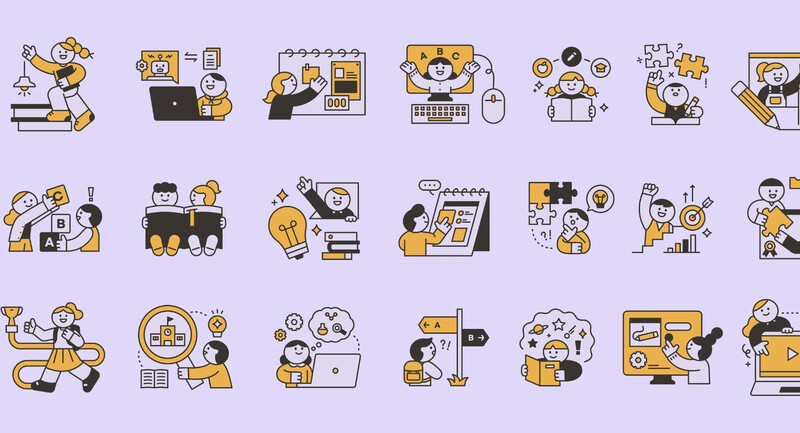The Feedback Disconnect in the Classroom
Ever feel like your feedback just isn't getting through to students? New research by feedback experts Fabienne Van Der Kleij and Lenore Adie suggests you're not alone. Turns out there's often a disconnect between what teachers and their students perceive feedback to be.
Van Der Kleij and Adie videotaped 40-minute classroom lessons by both an English and math teacher, then asked the teachers to watch the video and pause it each time they identified a moment of feedback. The researchers then asked students to watch and do the same thing, noting where the teachers and students paused at the same times and where they differed.
They discovered that almost one-third of feedback identified by teachers went unrecognized by any of the students interviewed. At no point did all the students interviewed recognize the same interaction as teacher feedback. Of the feedback that was recognized, only 36 percent of these interactions in English and 30 percent in mathematics were perceived by one or more students as the teacher had intended them, suggesting that "feedback messages can be easily misunderstood."
One solution the researchers suggest: Talking more about feedback. Discussing "intentions behind feedback can make the process more transparent, leaving less room for misunderstanding of intent."
—Tara Laskowski
Students Prefer "Where to Next" Feedback
One type of feedback is routinely recognized by students and may be particularly valuable to them. That's according to a study of more than 3,000 high school and university students by John Hattie and a team of colleagues that found students preferred "Where to next?" feedback on their online essays over other types. They also leveraged that feedback to improve their work.
Using Turnitin Feedback Studio, researchers looked at the work of students who submitted online essays, received teacher- and computer-generated feedback, and revised and resubmitted their work for a final grade. The study drew on Hattie's 2007 research (with Helen Timperley), which noted that for feedback to be effective, it must answer three questions: "Where am I going? (What are the goals?), How am I going? (What progress is being made toward goals?), and Where to next? (What activities should I undertake to make better progress?)"
While good feedback combines elements of all three, "where to next?" feedback—focused on specific, actionable guidance for improvement—led to the greatest gains from first draft to final submission, the new study found. Interestingly, if "where to next?" feedback wasn't provided, Hattie told ASCD, students claimed "they received no feedback" at all.
—Sarah McKibben









